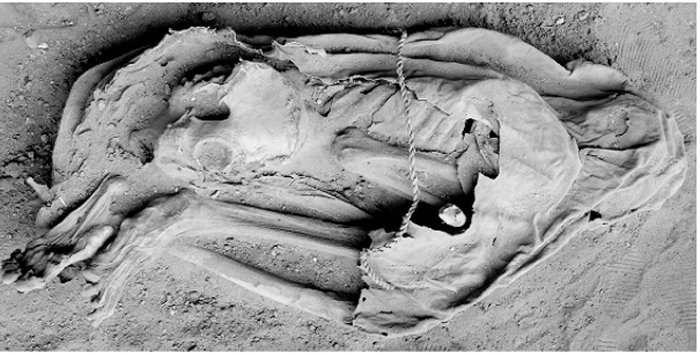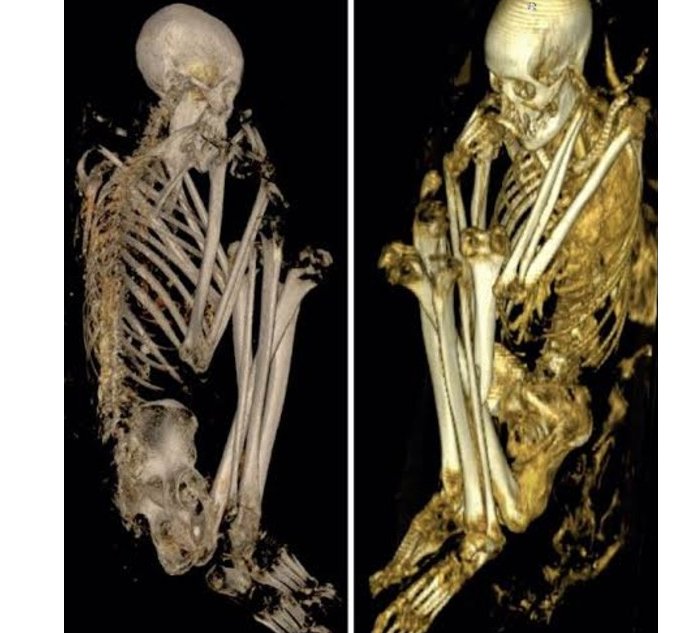The Tuli Mummy: Botswana’s Only Ancient Mummified Human Body Discovered So Far
MessageToEagle.com – The mummification process was well-known and practiced by many ancient civilizations. Various mummification techniques were used and ancient people wanted to preserve the body of the deceased for a variety of reason, depending on their religious beliefs.
Ancient mummies have been discovered in several parts of the world, but there are also places where we almost never encounter a mummified ancient body.
One such place is South Africa where thousands of human graves spanning from the Holocene to present have been reported and yet only a handful of them are mummified.
In Botswana only one mummified human body has been found so far. Discovered by pure chance, the ancient body has been named the Tuli Mummy. The Tuli mummy was found alone in a shallow grave at the base of the Cut Line Rock.

The process of mummification can occur naturally or through intentional embalming of the body. In this case, researchers were quickly able to tell the Tuli remains were not intentionally mummified. The body had been mummified by accident.
The dry conditions led to the drying out, or dessication, of the remains. This contributed to the mummification or preservation of soft tissues such as skin and tendons.
See also:
World’s First Documented Labor Strike Took Place In Ancient Egypt In The 12th Century BC
Egyptian Blue: World’s Oldest Artificial Pigment
Siberia Had A Major Skull Surgery Center 2,500 Years Ago
More Fascinating Ancient History Facts
When scientists conducted CT (computerised tomography) scans and DNA analysis on the Tuli remains, they could reveal this body belonged to a black man who was older than 50 when he died. He lived during the Iron Age or, more specifically, the Late Iron Age, and suffered from degenerative disease, especially of the spine.
The Tuli man had been placed in a horizontally flexed position with the head oriented to the east.

The body had been wrapped in a black/brown animal skin, most probably a cow skin (Fig. 4). A long plant fibre was then used to tie the remains into what might have been deemed a portable bundle for burial. The animal skin had been turned inside-out so that the fur part was in direct contact with the human body. Though torn off and lost in some portions, the animal skin was also very well preserved.
Except for the right femur and some phalanges which were evidently removed by scavenging animals, the skeleton was complete.
Examination of the mummy’s teeth showed show signs of moderate dental wear.
We may never know the true identity of the Tuli man, but we do know he had been mummified by accident and he is the fist and only one ancient mummy found in Botswana until now.
MessageToEagle.com










